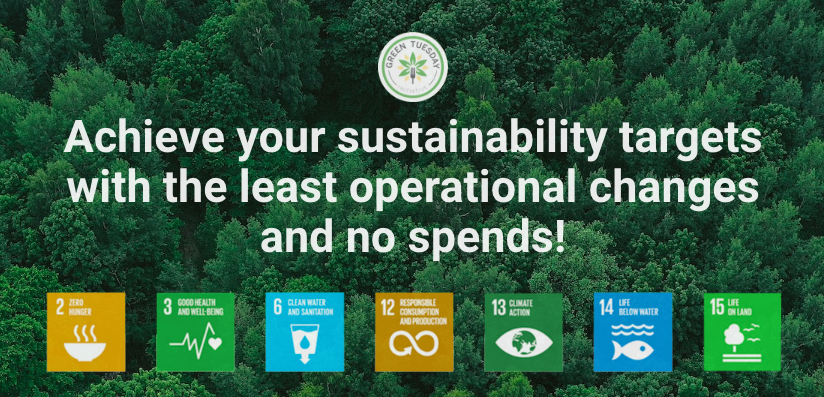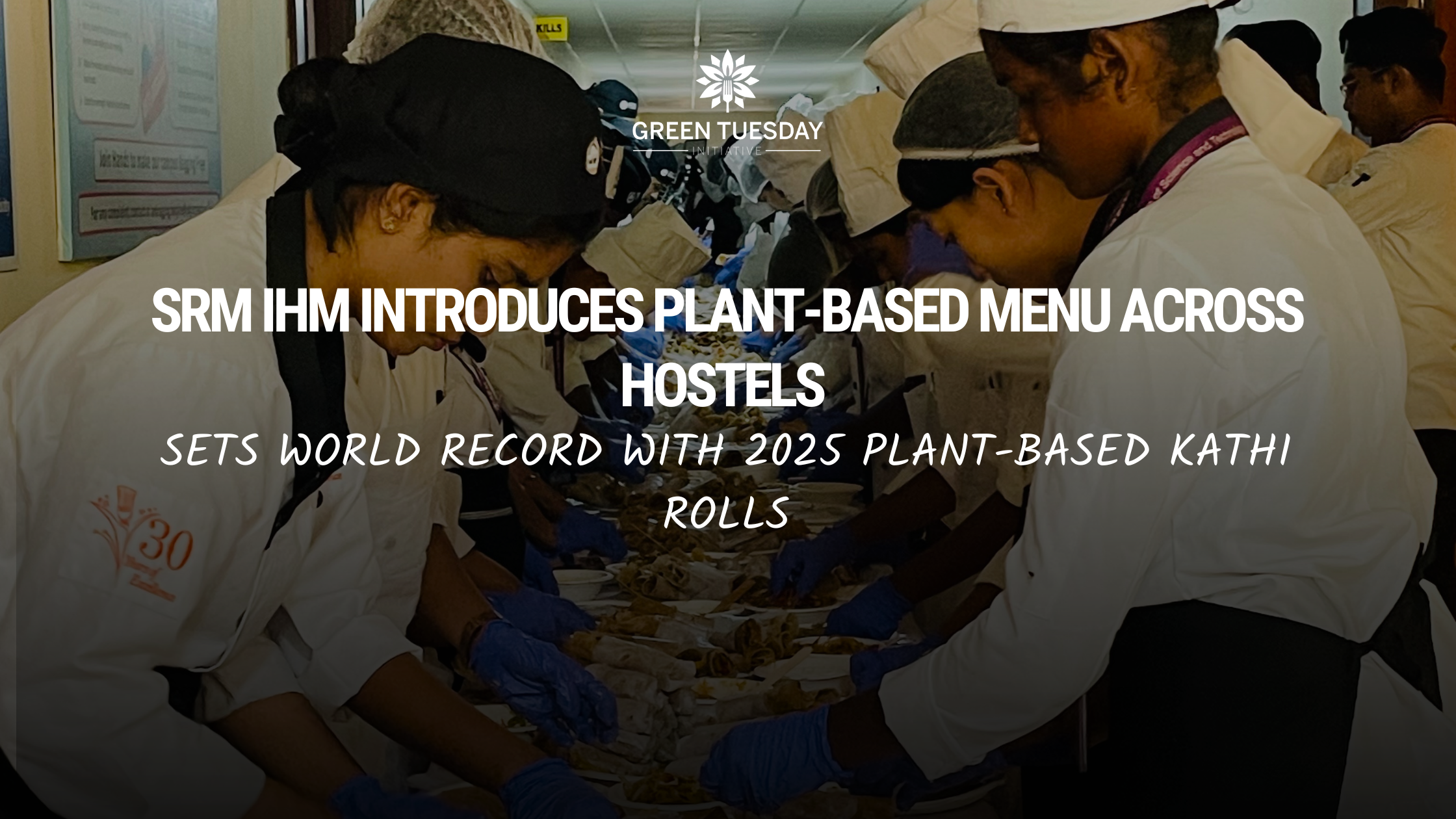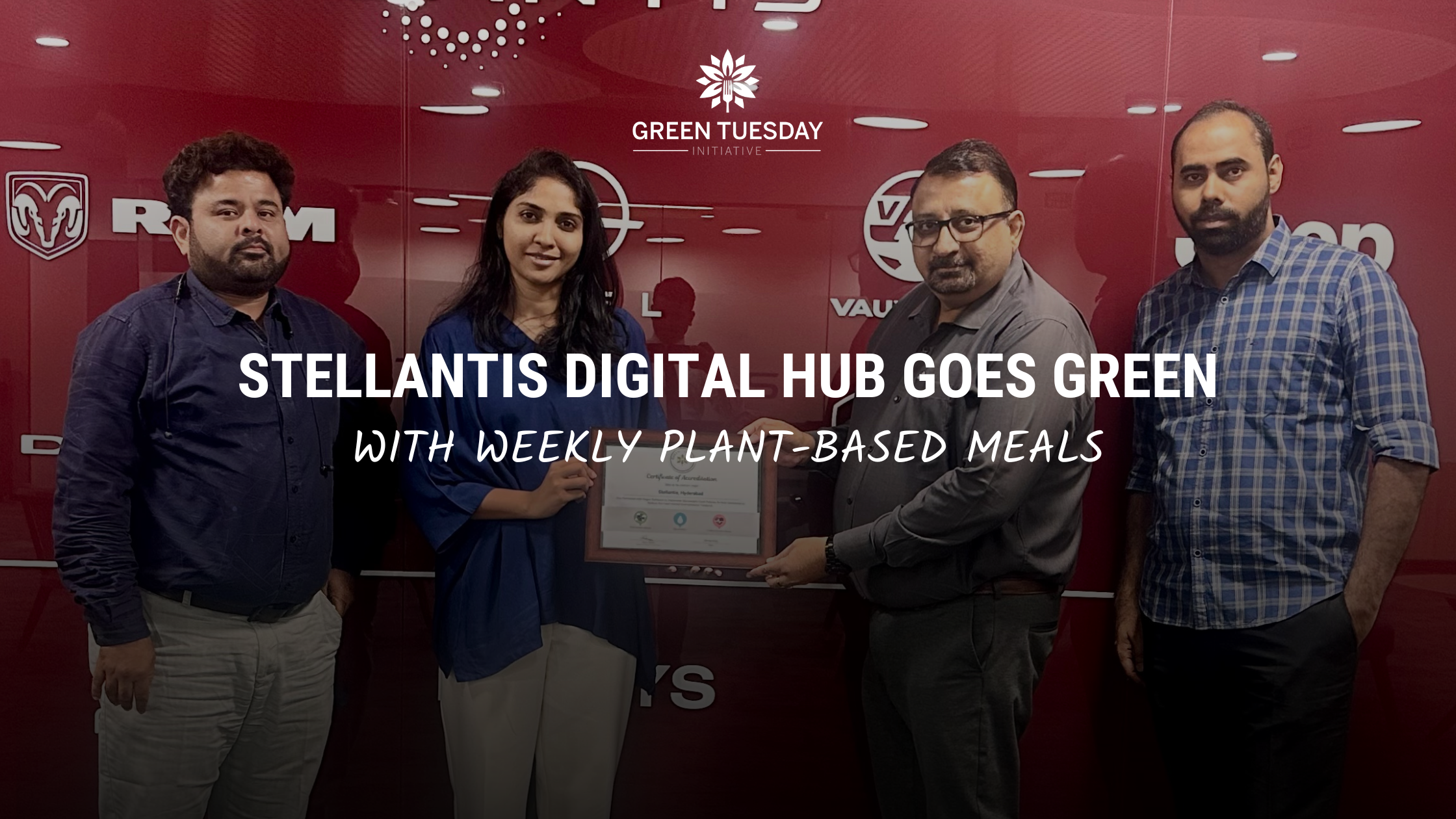“We are the first generation to know we’re destroying the planet and the last one that can do anything about it.”
– Sir David Attenborough, Natural Historian (Source: A Life on Our Planet documentary)
The climate crisis is undoubtedly the biggest threat facing humankind right now, worsening every day. We are depleting our resources at an unprecedented rate and are on track for a 2.7-degree rise in global temperature by the end of the century.
But we are doing the right things, aren’t we? We’ve quit using plastic straws and polybags, we don’t litter, and we mostly shop from sustainable brands. We even take the bus sometimes. So why are things not getting better? What can we do that makes an immediate impact?
The answer lies in the question. We have to look at what we do that has an immediate impact, including what we eat. Food production has a substantial carbon footprint, especially considering that we now have more than 8 billion people on this planet, which is growing daily. Our demand for high-carbon-footprint food does not help this situation.
Food and GHG emissions:
A 2018 study found that animal food production produces 56-58% of agriculture’s greenhouse gas emissions while providing just 18% of calories and 37% of protein. Another recent study reaffirmed these figures, finding that animal agriculture is responsible for 57% of agriculture-related greenhouse gas emissions.
Animal agriculture is also responsible for over 58% of global Nitrous Oxide emissions, a gas released that traps 298 times more heat than carbon dioxide. According to the BBC’s climate change food calculator, 1-2 servings of chicken contributes to 106 kgs of greenhouse gas emissions. In contrast, the same amount of beans contributes to 7 kgs, and peas contribute to 1.4 kgs of greenhouse emissions, respectively. The comparison shows how much greenhouse gas emissions can be reduced by shifting to plant-based food products.
A Huge water footprint that we cannot afford:
A staggering 33% of the available drinking water is used for animal agriculture, leading to water shortages and depleting groundwater.
- Chicken: Raising one kilogram of chicken consumes 4,300 liters of water, primarily due to the water-intensive production of feed crops, highlighting the collective impact of large-scale production.
- Dairy: Producing a liter of milk demands around 320 liters of water beyond the damage caused to the water sources by animal waste.
Beyond depleting our essential and increasingly scarce resources, waste from factory farms and slaughterhouses poses a significant threat to freshwater sources. Manure, antibiotics, and hormones can contaminate rivers, lakes, and groundwater, making them unsafe for drinking, irrigation, and aquatic life. In India, where lack of water is a growing concern, this pollution further exacerbates the crisis.
We are cutting down forests to raise livestock:
We raise more than 80 billion land animals for food every year. This requires a lot of land to keep them and grow their food. Over 70% of soy grown globally is fed to cattle raised for meat. Clearing forests to raise livestock accounts for over 40% of global deforestation. 83% of arable agricultural land is used for this industry. Reducing the demand for animal products leaves more land to grow food for humans, which addresses food security and world hunger issues.
Animal agriculture is one of the leading causes of deforestation. The environmental impact of animal agriculture, including through “sustainable” methods, is much higher than plant production. A 2018 University of Oxford study showed that even the lowest-impact animal food products cause more environmental damage than the highest-impact vegetable and cereal products.
The same study showed that if everybody stopped eating animal food products, worldwide farmland use could be reduced by 75%—an area equivalent to the size of the US, China, Australia, and the EU combined.
Fight Climate Change with Diet Change:
One of the easiest ways to reduce our carbon footprint is to change our food habits. But it only works if all of us take the first step. As climate-conscious individuals, we must:
- Reduce our demand for animal products: Lowering animal product consumption translates to decreased water and land usage for rearing animals, growing their feed, and managing their waste. It can also limit our GHG emissions by up to 75%.
- Sustainable Choices: Plant-based alternatives like lentils, beans, and tofu have significantly lower carbon footprints and generate less waste.

Switching to a plant-based diet might seem difficult, but with the right help, it is easier than ever. Individuals seeking to take action can find all the resources they need at www.10weekstovegan.in
Green Tuesday Initiative works with corporates and educational institutions to help them fight climate change with diet change by making small changes in the food they serve once a week. This includes introducing more plant-based dishes, raising awareness, and organizing engaging events about the impact of animal agriculture on the environment and our health.
Green Tuesday Initiative Aligns With 7 UN SDGs

Climate change is a global problem that has risen from our individual choices. Slowly but surely, we can reverse the damage done to the environment by mending our ways, one meal at a time. If 8 billion people commit to saving our precious, fragile ecosystem, there is no doubt the victory will be ours!
“This is the summit of my generation’s responsibility. We are the last generation that can change things.
Unless we act now, the future is bleak.”
– Greta Thunberg, Climate Activist




